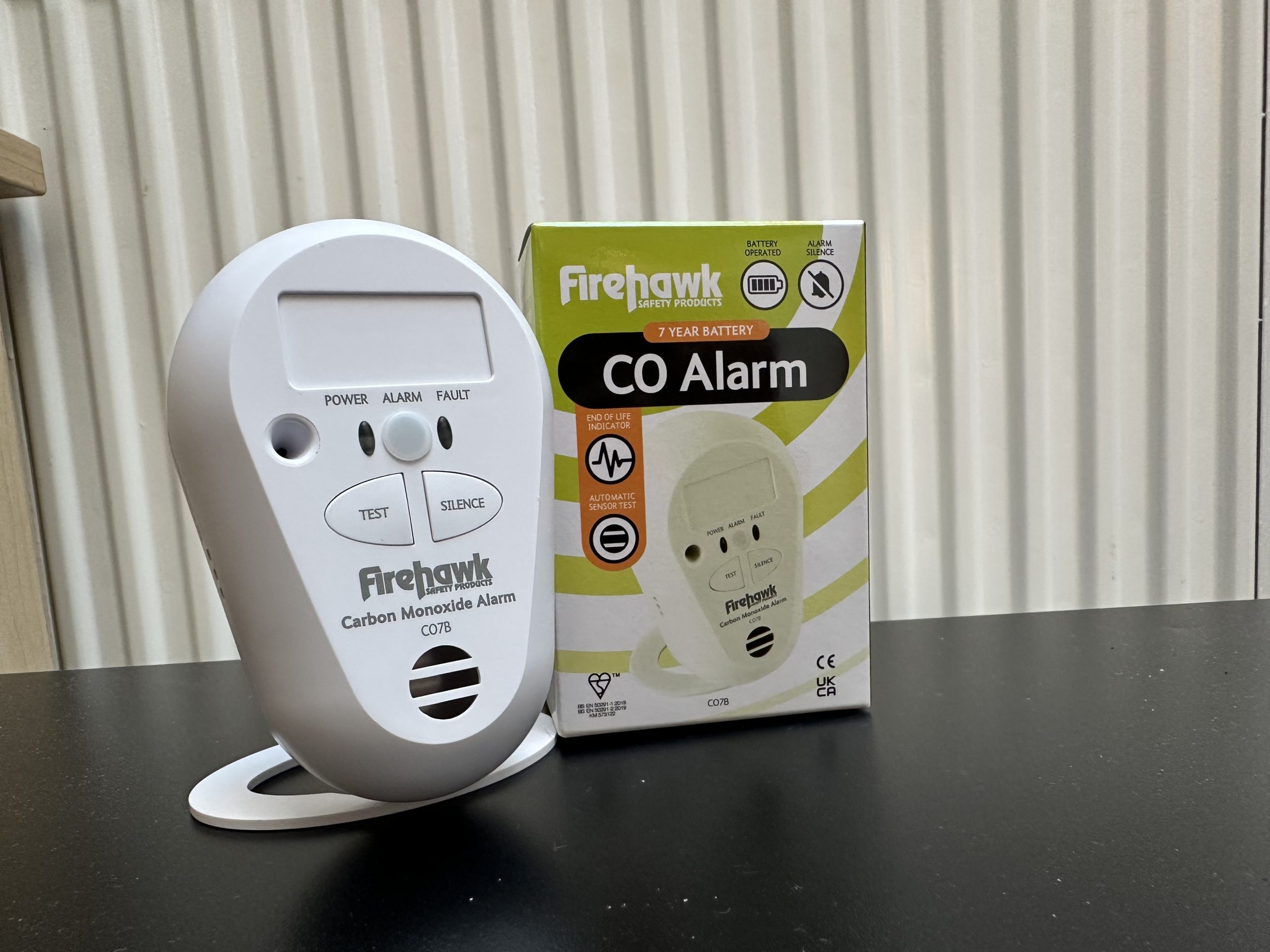Silent but deadly: why every home needs a carbon monoxide alarm
When you welcome us into your home, we take that responsibility seriously and that means having an eye for the small signs others might miss. One thing we’ve learned is that whether it’s a gas appliance, a log burner or an open fire, it’s often what you can’t see or smell that poses the biggest danger.
Carbon monoxide (CO) is a poisonous gas that’s both colourless and odourless which can come from faulty gas appliances, open fires, blocked flues or chimneys. Without an alarm, you may never know it’s there until it’s too late. Carbon monoxide is a killer.
A close call: experience that makes the difference
Our Managing Director and senior engineer, Matthew, recently visited a customer’s home to carry out a routine boiler service. He hadn’t been asked to check the gas fire, but the moment he stepped into the living room he knew something was wrong. He spotted black streaks rising up the wall behind a coal-effect gas fire – a tell-tale sign of incomplete combustion. And when he checked the flame, it was burning yellow instead of blue. These warning signs can easily go unnoticed. The customer confirmed she had been feeling unwell with a headache. Upon testing, Matthew found significant carbon monoxide in the room – not surprising our customer was feeling unwell.
Matthew immediately shut off the appliance and advised the customer not to use it again until it had been properly inspected and repaired. A carbon monoxide alarm wasn’t present in the room and that could have ended in disaster.
Why flame colour matters
Gas appliances are designed to burn cleanly, which means a crisp, blue flame. If the flame is yellow or orange, it usually means the gas isn’t burning properly, which can produce carbon monoxide. This often happens when there isn’t enough oxygen in the room or the burner is dirty or faulty.
While visual checks like this are useful, the only way to detect carbon monoxide is with a dedicated alarm.
What you can do to stay safe
Here are our top tips for keeping your home protected:
• Install a carbon monoxide alarm in every room with a fuel-burning appliance
• Make sure the alarm meets British or European standards (look for a BSI or CE mark)
• Test your alarm regularly. Just like a smoke alarm, it needs to work when it matters most
• Have your appliances served annually by a Gas Safe registered engineer (like us!)
• Look out for signs such as sooty stains around appliances, condensation, or a yellow/orange flame on your gas fire or boiler.
We’re here to help
Our services always focus on treating your home and your family’s safety as if they were our own. So if you’re not sure whether your appliances are in good working order, or if you’d like us to fit a carbon monoxide alarm, just give us a call.

